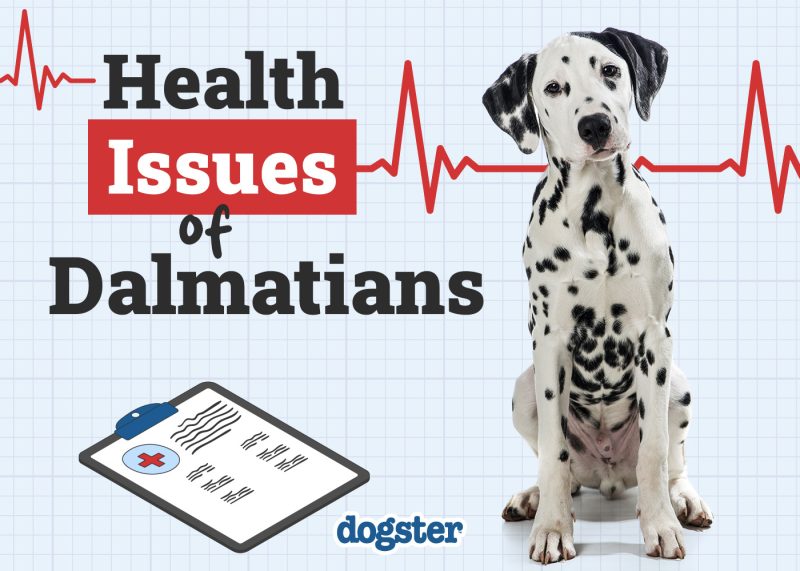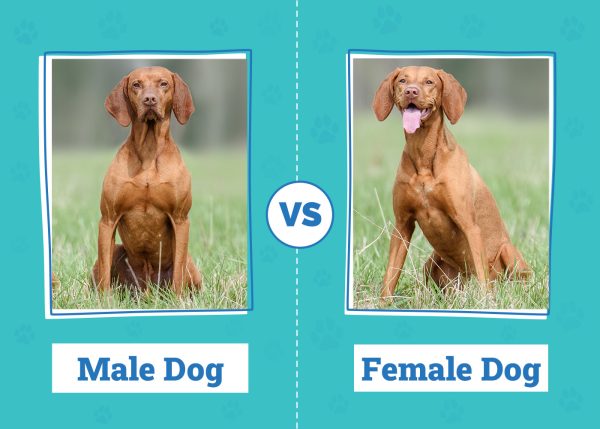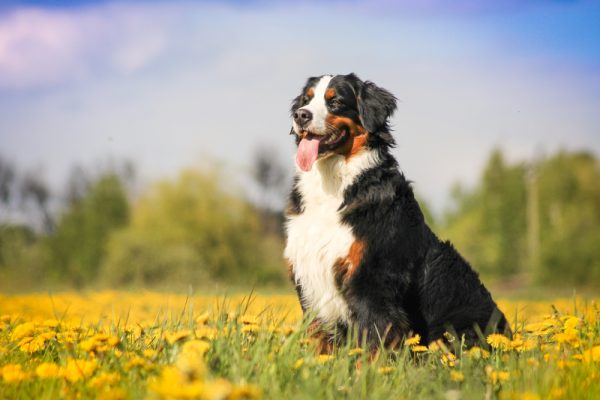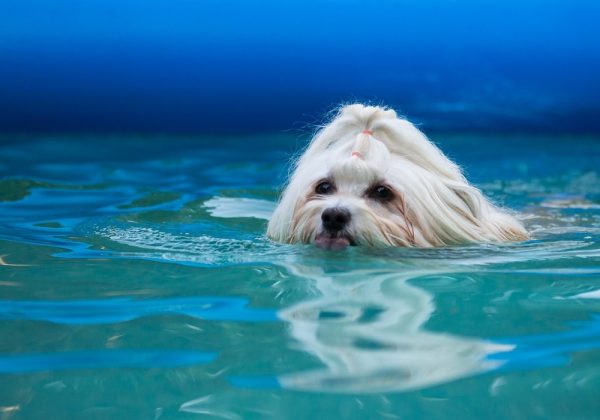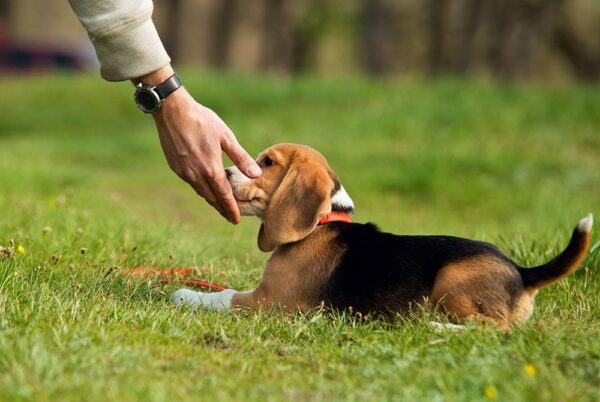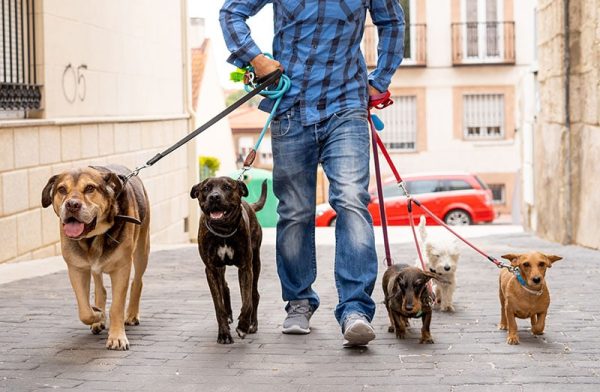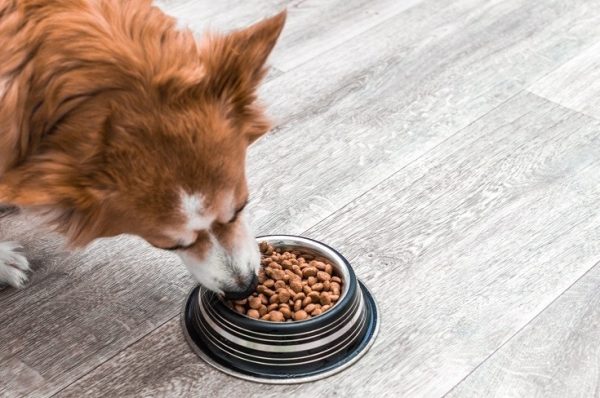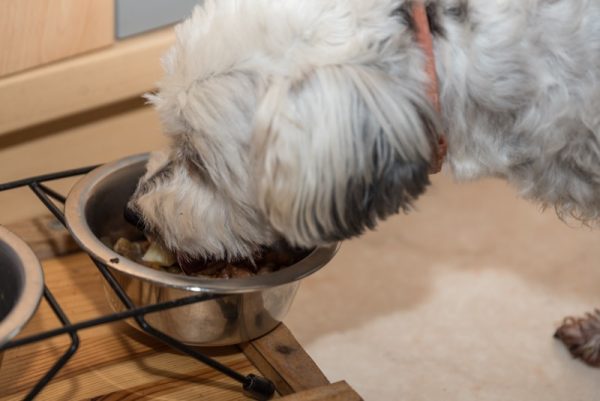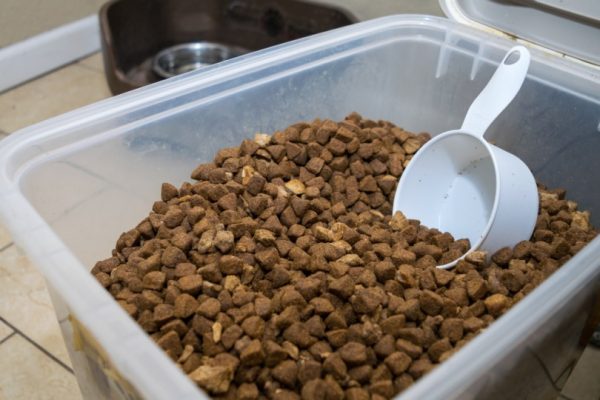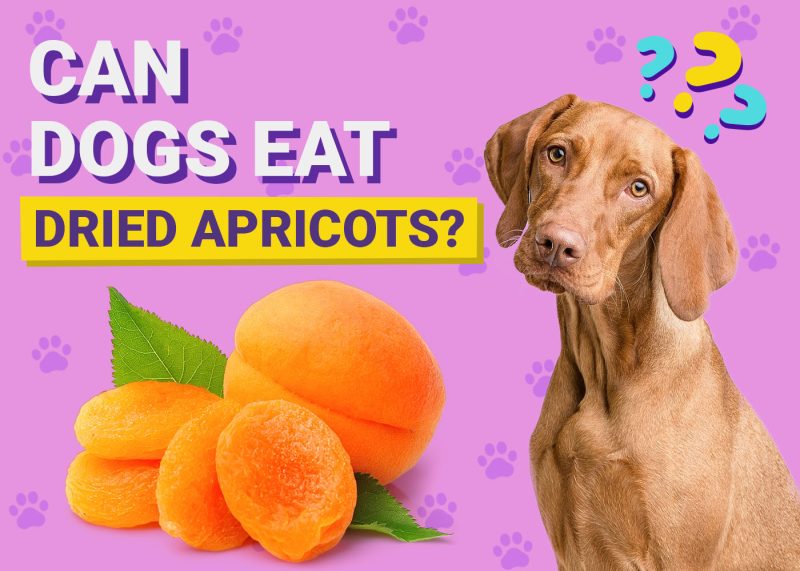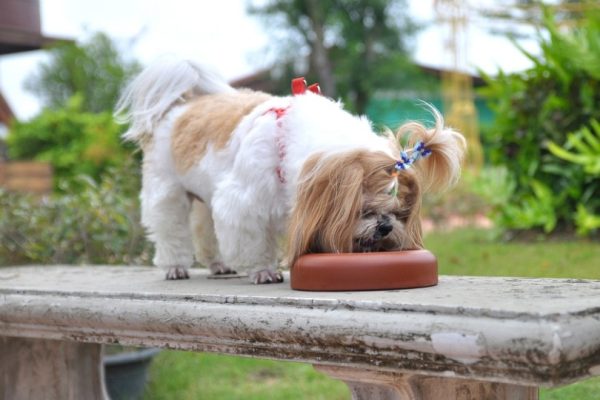In this article
If you are considering adding a new puppy to your family, one of the questions you might have is how big your pet will be once full-grown. Unfortunately, dogs are often surrendered to animal shelters because they grew larger than their owners were anticipating. While some variables impact the growth rate of individual dogs, you should still be aware of the average size of the breed you’re considering.
In this article, we’ll look at a sample growth and weight chart for the Bloodhound, which is famous for their sensational nose, wrinkles, and floppy ears. Bloodhounds are large dogs, typically standing 23-27 inches tall and weighing 80-130 pounds. Keep reading to learn more about their size, including factors that may impact their final size.

Bloodhound Breed Overview
Bloodhounds are one of the oldest scent hounds, with origins possibly as far back as the third century. The modern version of the breed was developed in Europe around 1,000 years ago, primarily by monks in France and England. The Bloodhound’s job is to follow a scent for as long as it takes over whatever terrain or obstacle.
The Bloodhound’s abilities as a tracker are well-known thanks to multiple pop culture appearances. Off-duty Bloodhounds are mellow animals who get along with kids and other dogs. They’re stubborn, prone to following their noses, and not the easiest dogs to train.
Wrinkly, droopy Bloodhounds can be a bit smelly and drooly. They are more active than their sleepy expressions would have you believe and require daily exercise. Bloodhounds are also fond of digging and are better escape artists than expected.
Bloodhounds make loving pets, but their size, independence, and loud nature make them a poor fit for living in small spaces or close quarters. They do best in a house with a secure yard. According to the AKC, Bloodhounds typically reach a height of 23”–27” and weigh 80–110 pounds.
Bloodhound Size and Growth Chart
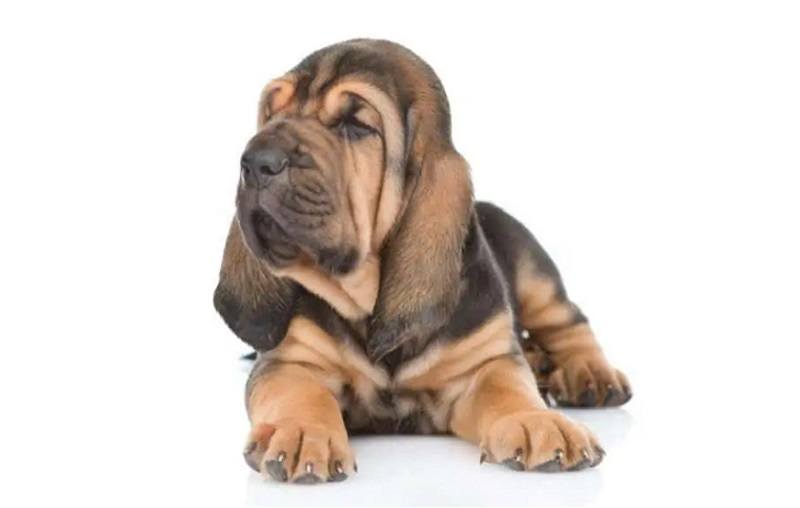
This chart shows average sizes and growth estimates for Bloodhound puppies beginning at 3 months or 12 weeks of age. The lower numbers typically represent females, and the upper range is male dogs.
According to the Waltham puppy growth charts, growth rates for dogs over 40 kilograms (88 pounds) are not predictable enough to be calculated accurately. Bloodhounds routinely grow bigger than this, so keep that in mind as you study this chart.
| Age | Weight Range | Height Range |
| 3 months | 30–32 pounds | 8–10 inches |
| 4 months | 43–48 pounds | 12–14 inches |
| 5 months | 51–55 pounds | 15–18 inches |
| 6 months | 58–65 pounds | 17–20 inches |
| 9 months | 75–88 pounds | 19–23 inches |
| 12 months | 80–95 pounds | 21–25 inches |
| 18 months | 80–110 pounds | 23–27 inches |

When Does a Bloodhound Stop Growing?
Bloodhounds take longer to reach their full adult size than smaller breeds. They experience the fastest growth between their 3rd and 9th months but may continue adding height and weight until they’re 18 months old. However, some reach full size by 12 months old.
Your Bloodhound will probably stop growing around the same time their parents did. If you buy a puppy from a breeder, ask for this information. However, several other factors can affect the timing of when the growth stops, which we’ll talk about in the next section.
Factors Affecting the Size of Bloodhounds
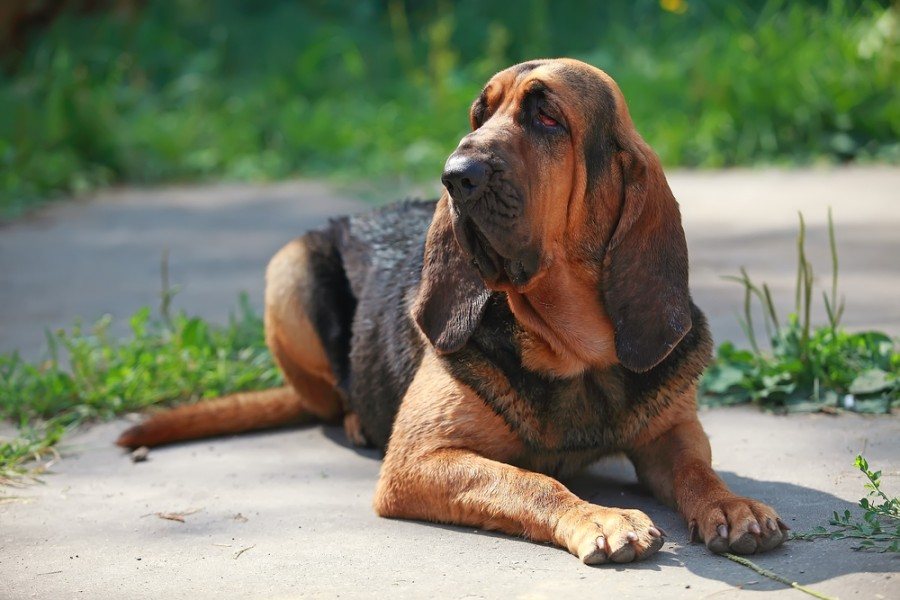
One key factor affecting how big a Bloodhound will get is the size of their parents. Female puppies usually grow to about the same size as their mother, and male pups grow like their father. Their size will likely stay consistent throughout their family history.
Some genetic health conditions can also impact how big the Bloodhound gets, specifically producing smaller-than-expected dogs. If the Bloodhound puppy experiences an illness or parasite infection when young, it could slow their growth and result in a smaller adult dog.
Male Bloodhounds almost always grow larger than females, so the sex of the puppy will affect their adult size. Diet and nutrition are the final primary factors affecting a Bloodhound’s adult size. Puppies need fuel for growth, and an inadequate or poor-quality diet could lead to a smaller dog.
Ideal Diet for Maintaining a Healthy Weight
With so many quality dog foods, finding the ideal diet to maintain weight can be challenging. Ask a veterinarian to help you decide the best food for your Bloodhound. They can also help you calculate how much to feed because Bloodhounds are known for their hearty appetite.
Puppies should always eat food formulated for growth and development. A large-breed puppy diet is ideal for keeping the growth rate slow enough for proper joint and muscle development. A vet can also help you decide when to transition to an adult diet, typically after the growth rate has slowed.
If you need to speak with a vet but can't get to one, head over to PangoVet. It's an online service where you can talk to a vet online and get the personalized advice you need for your pet — all at an affordable price!
How to Measure Your Bloodhound
The best way to keep track of your Bloodhound’s weight is at your vet’s office during their puppy visits. Because scales can show some variation, using the same one each time will help keep your growth chart accurate. You can hold your dog and step on the scale until your Bloodhound gets too heavy to weigh at home. Then, weigh yourself and subtract the number from the first one to get your pup’s weight.
Their height and length can be measured with a fabric tape measure. For the height, measure from the feet to the top of the shoulder. The length is measured from the base of the tail to the point of the chest.

Conclusion
As you can see, Bloodhounds are not small dogs, and they can take well over a year to reach their full adult size. Maintaining a healthy weight and proper growth rate is essential to prevent obesity and allow the Bloodhound’s bones, joints, and muscles to develop correctly. If you plan to spay or neuter your Bloodhound, talk to a vet about the best time to do so. Recent research suggests it may be better to wait until later to perform these surgeries in some large dogs.
Related Reads:
- How Much Does a Bloodhound Cost? Updated Price Guide
- How Long Do Bloodhounds Live? Vet-Reviewed Average Lifespan, Data & Care
Featured Image Credit: Anna Tronova, Shutterstock


